Cleansing balms are finally working their way into the spotlight as a valuable skincare staple. More and more people have come to appreciate the unique benefits a cleansing balm provides that a traditional cleanser cannot.
But what are those benefits, and how do you use a cleansing balm? Here’s what you need to know about switching to a cleansing balm and how to incorporate one into your daily routine.
What Is a Cleansing Balm?
Most people are familiar with cleansers that come in the form of a cream or a gel. These are a lot like the soap you’d use to wash your hands or body — you pump out the cleanser, lather it up with water, and use it to clean your face. However, cleansing balm works a little differently.
A cleansing balm is just what it sounds like: a cleanser that comes in the form of a balm. Skincare balms are different from other formulas because they can effectively pack a large number of active botanicals and plant-derived oils into a smaller amount of product. They aren’t heavily diluted with water, filler ingredients, or surfactants, so a little goes a long way.
Balms are thick formulas that are rich in skin-loving ingredients. They often come packaged in a jar because they’re too luscious to be dispensed from a bottle or a tube.
Rather than adding water to lather up your balm, you can rub the balm directly into your skin. Your body heat will melt and distribute the balm across your skin as it works to remove dirt, debris, and makeup residue from your face.
How Is a Cleansing Balm Different From a Cleanser?
The most obvious difference between a cleansing balm and a cleanser is the difference in texture. While most cleansers are runny and slippery, a balm stays solid until you begin to use it.
Most traditional cleansers contain ingredients that cause them to lather up. As they create foam and bubbles, they trap and remove oil, dirt, and makeup from the surface of the skin.
Most cleansers work by stripping the skin of its natural oil barrier, leaving your skin completely bare. There’s just one problem: your skin needs that natural barrier to stay healthy and moisturized.
Cleansing balms use oils to break down dirt and residue, making them easier to rinse away. They’re a gentle alternative to harsh foaming agents because they aren’t designed to strip the skin — a cleansing balm shouldn’t leave your skin dry or vulnerable.
Additionally, cleansing balms often feature richer ingredients than you may normally see in traditional cleansers. The restorative plant-derived oils often featured in balms can nourish the skin and support its skin barrier.
The most important difference between a cleansing balm and a traditional cleanser is the aftereffects.
Traditional cleansers only spend a very short period of time on your face. When you’re done, you wash the cleanser, and its active ingredients, directly down the drain. These ingredients can’t nourish or protect your skin if they’re gone just as quickly as they’re applied.
Our Cleansing Oil Balm is designed to leave a small amount of active botanical ingredients behind. These active botanicals continue to nourish and protect your skin throughout the day.
Our Cleansing Balm isn’t just a cleanser — it’s a luxury skincare product that plays an active role in restoring and maintaining the health of your skin. And with organic, wild-foraged ingredients like organic, extra virgin olive oil, olive leaf water, soapwort, manna, chamomile, and nettle, your skin can enjoy the benefits of nature’s wisdom all day long.
When Should You Use a Cleansing Balm?
Cleansing balms are designed to replace traditional cleansers in your skincare routine. There’s no need to cleanse before using a balm.
You can use a cleansing balm as the first step of your morning and evening skincare routine. It’s generally best to wash your face twice a day, every day, even if you don’t wear makeup. Bacteria and debris can accumulate on the surface of your skin anywhere and anytime.
Cleansing balms work wonderfully with gua sha tools or facial massage. Their deeply moisturizing texture makes it easy to massage the face or slide skincare tools over the skin.
While your massage or gua sha session can work to promote lymphatic drainage beneath the surface of your skin, you’ll also be working the active ingredients of your cleansing balm into the skin.
How Do You Use a Cleansing Balm?
When you cleanse your face, the first step is usually to get your skin wet. However, you shouldn’t wet your skin before you use a cleansing balm.
Scoop your cleansing balm out of the jar. The amount you need will depend on how much debris or makeup residue you’re attempting to remove from your skin.
We generally recommend starting with an olive-sized amount. If you need a little more, you can always add more. You can’t put the balm back in the jar if you use too much, so start sparingly.
As you massage the balm into your skin, your body heat will help the balm melt. The consistency will become thin and rich, making it easy to coat your entire face with just a small amount. Massage gently for up to a minute to remove debris and makeup.
If you’re using our cleansing balm, you’ll quickly notice its triphase cleansing properties. While the balm will start with a rich and oily texture, once water is applied, it will eventually dissolve into a milky texture and ultimately end as a gentle foam.
Rinse away the excess with warm water and gently pat your face dry with a clean towel. Don’t aggressively towel dry your face — you’ll want to leave a little bit of the balm behind to nourish and protect your skin.
What Is a Double Cleanse?
Double cleansing involves using an oil-based cleanser to remove oil and sunscreen buildup, followed by a water-based cleanser to remove dirt and impurities. This process can help fully cleanse the face while also adding soothing moisture to help prevent dryness and support the skin barrier. Plus, double cleansing can also help support an optimal pH balance in the skin.
If you have very oily or sensitive skin, you might feel the urge to follow up your cleanser with a gentle micellar water to remove the excess oil from the surface of your skin. But, while some cleansing balms might work best with a double cleanse, ours is designed to function as a double cleanse all on its own.
Our organic, extra virgin olive oil can remove oil-based buildup, while organic olive leaf water removes water-based debris. Not only does this save you time, but it also helps make sure that you’re replacing all that debris with moisture and nourishing botanicals.
What Should You Do After You Cleanse?
Cleansing might be the first step of your skincare routine, but it’s equally as important as every other step. After you cleanse, you can choose to use micellar essence as a toner. Following a toner, the next step in your routine should be a highly concentrated, multifunctional skincare serum like our Face & Eye Serum.
Follow up with a moisturizing cream or oil, which can help lock in your serum as it penetrates the skin. If it’s daytime, finish off your skincare routine with a broad-spectrum sunscreen of SPF 30 or greater to protect your skin from the damaging effects of UV rays.
The Final Word on Cleansing Balms
A cleansing balm will change the way you start your skincare routine. Once you start using this luxurious, moisturizing cleanser, you won’t want to go back to squeaky-clean skin.
When every product you apply absorbs into your skin, it’s important to make sure you’re using products that provide moisture and nourishment. A cleansing balm packed with active botanicals can play a meaningful role in promoting the health of your skin, not just by removing debris but also by nourishing your skin.
Sources:
Surfactants and Skin | American Oil Chemists' Society
Lymphatic Drainage Massage: What it Is, Benefits & How To Do It | Cleveland Clinic
Ask the Expert: Does a High SPF Protect My Skin Better? | Skin Cancer Foundation
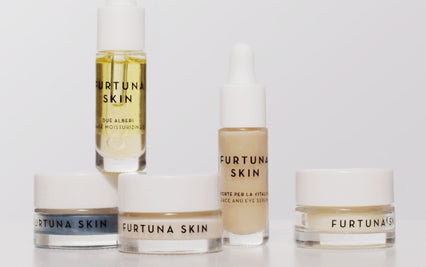
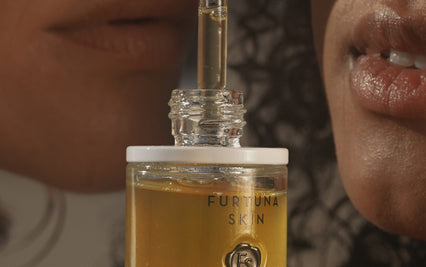
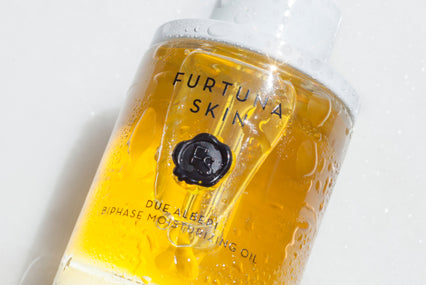
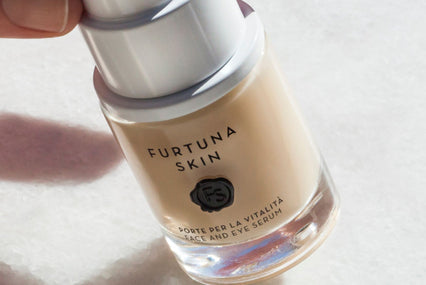
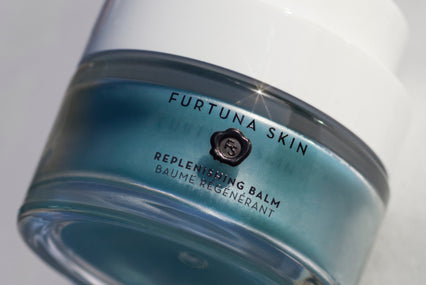
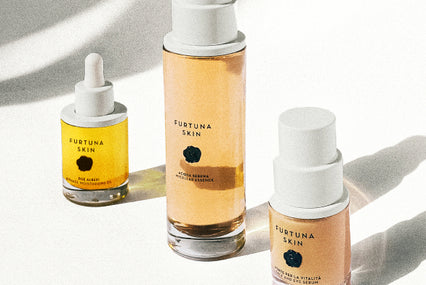
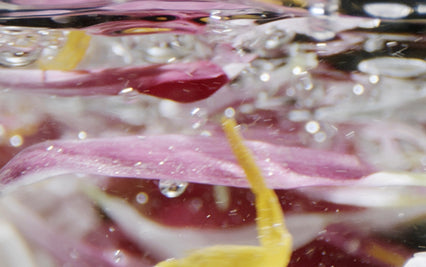
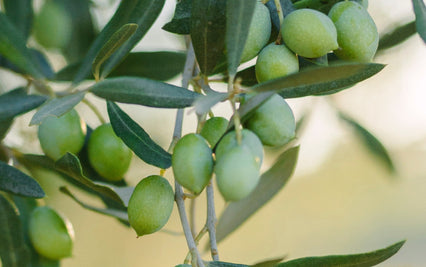




Comment